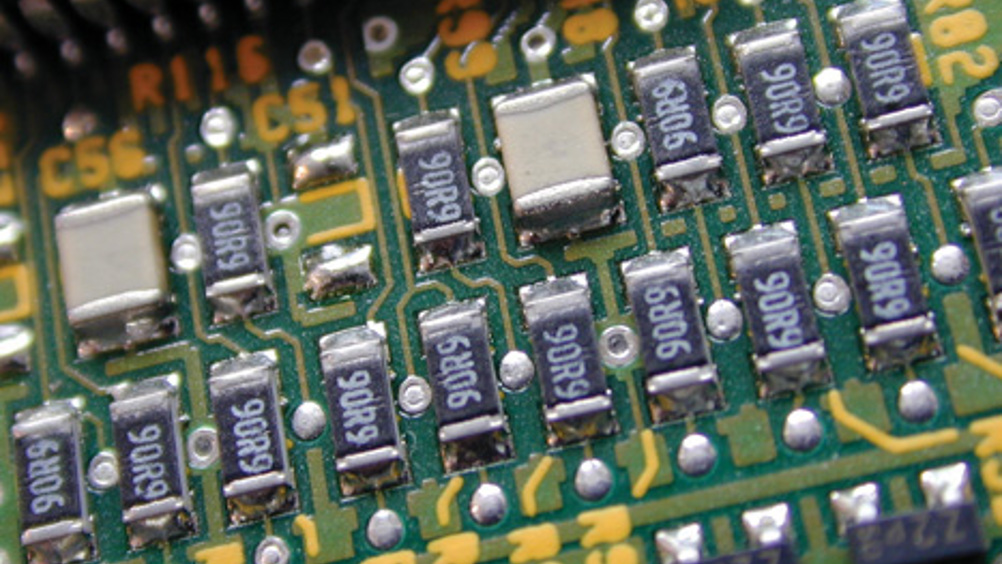Boron compound beats diamond for cooling electronics
A team of theoretical physicists at the US Naval Research Laboratory (NRL) and Boston College has identified cubic boron arsenide as a material with the potential to transfer heat more effectively from electronic devices than diamond.

As microelectronic devices become smaller, faster, and more powerful, thermal management is becoming a critical challenge. This work is claimed to provide new insight into the nature of thermal transport at a quantitative level and predicts a new material, with ultra-high thermal conductivity, of potential interest for passive cooling applications.
Calculating the thermal conductivity of cubic III-V boron compounds using a predictive first principles approach, the team has found boron arsenide (BAs) to have a remarkable room temperature thermal conductivity, greater than 2,000 Watts per meter per degree Kelvin (>2000 Wm-1K-1). This is comparable to those in diamond and graphite, which are the highest bulk values known.
Unlike metals, where the electrons carry the heat, diamond and boron arsenide are electrical insulators. For the latter type of materials heat is carried by vibrational waves (phonons) of the constituent atoms, and intrinsic resistance to heat flow results from these waves scattering from one another.
Register now to continue reading
Thanks for visiting The Engineer. You’ve now reached your monthly limit of news stories. Register for free to unlock unlimited access to all of our news coverage, as well as premium content including opinion, in-depth features and special reports.
Benefits of registering
-
In-depth insights and coverage of key emerging trends
-
Unrestricted access to special reports throughout the year
-
Daily technology news delivered straight to your inbox










National Gas receives funding to develop Gravitricity underground hydrogen storage system
There can't possibly ever be a '<i>business</i>' case for the <i><b>bulk</b></i> storage of hydrogen, since Green hydrogen electrolysis...